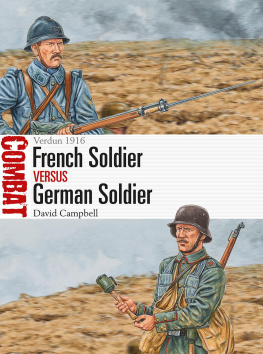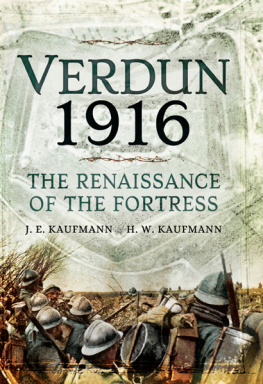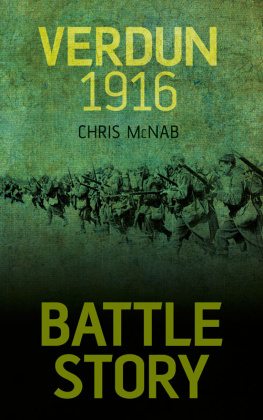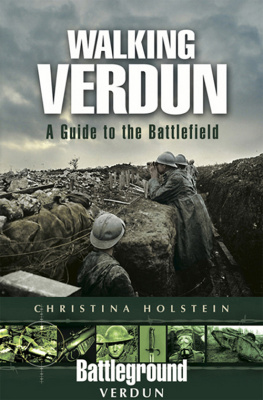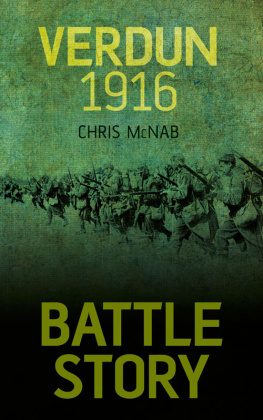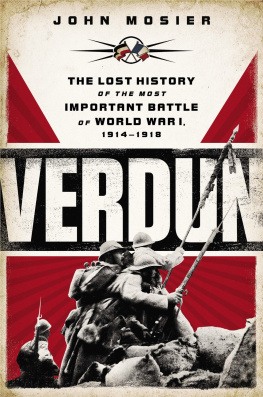Pagebreaks of the print version

The Verdun Regiment Into the Furnace
Verdun! It is above all a battle of infantry. Dug in, under fire, asphyxiated. Its also a battle of devoted anonymous men, the sacrificed who have no story, but whove stopped cannons with their chests. The slow and relentless fight, distressingly bleak, in the mud, among the shell holes, through blankets of poison gas. That is what we had to endure on the right and left banks of the Meuse.
Sergeant Andr LHuilllier, 151st Infantry Regiment
The Verdun Regiment Into the Furnace
The 151st Infantry Regiment in the Battle of Verdun 1916
Johnathan Bracken
First published in Great Britain in 2018 by
Pen & Sword Military
an imprint of
Pen & Sword Books Ltd
47 Church Street
Barnsley
South Yorkshire
S70 2AS
Copyright (c) Johnathan Bracken 2018
ISBN 978 1 52671 029 1
eISBN 978 1 52671 031 4
Mobi ISBN 978 1 52671 030 7
The right of Johnathan Bracken to be identified as Author of this Work has been asserted by him in accordance with the Copyright, Designs and Patents Act 1988.
A CIP catalogue record for this book is
available from the British Library
All rights reserved. No part of this book may be reproduced or transmitted in any form or by any means, electronic or mechanical including photocopying, recording or by any information storage and retrieval system, without permission from the Publisher in writing.
Pen & Sword Books Ltd incorporates the imprints of Pen & Sword Archaeology, Atlas, Aviation, Battleground, Discovery, Family History, History, Maritime, Military, Naval, Politics, Railways, Select, Social History, Transport, True Crime, and Claymore Press, Frontline Books, Leo Cooper, Praetorian Press, Remember When, Seaforth Publishing and Wharncliffe.
For a complete list of Pen & Sword titles please contact
PEN & SWORD BOOKS LIMITED
47 Church Street, Barnsley, South Yorkshire, S70 2AS, England
E-mail:
Website: www.pen-and-sword.co.uk
Dedicated to the memory of all those who fought and suffered in the Great War
List of Abbreviations
AC Army Corps
Co. Company
MG Co. Machine-Gun Company
FAR Field Artillery Regiment
IB Infantry Brigade
ID Infantry Division
IR Infantry Regiment
LIB Light Infantry Battalion
Maps

Map 1 : The Western Front, 1916. Numeral place-markers indicate the major battles in which the 151 IR was engaged between 1914 and 1918.

Map 2 : The Verdun Fortified Region, 1916. Stars indicate the combat sectors of the 151 IR both in the Battle of Verdun in 1916 and the Second Battle of Verdun in 1917.

Map 3 : Bois dHaudraumont sector, end of March 1916. The entrenchments that the 151 IR completed during its three-week rotation in the sector are shown. (1:5,000 scale)

Map 4 : Mort Homme sector, showing the situation on the morning of 9 April 1916. The 1 Battalion is in line on the left, 2 Battalion in line on the right, and 3 Battalion in support. (1:10,000 scale)

Map 5 : Mort Homme sector, showing the situation on the evening of 9 April 1916, showing German gains made by the end of day. The 1 Battalion remains in line on the left while 3 Battalion has counter-attacked on the right to plug the gaps opened by the decimation of 2 Battalion. (1:10,000 scale)
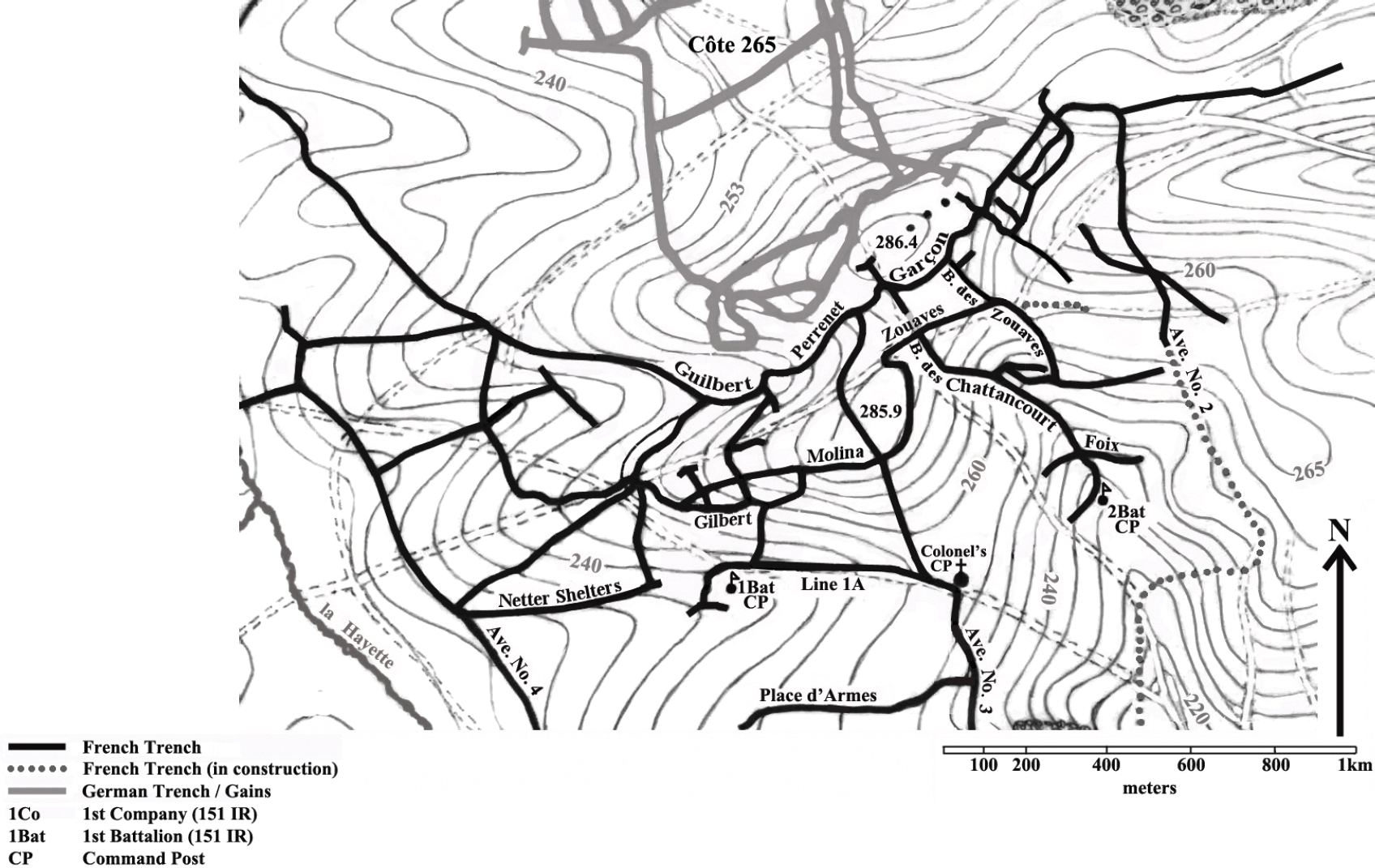
Map 6 : Summit of Mort Homme, showing the entrenchments on 9 April 1916. (1:10,000 scale)

Map 7 : Mort Homme sector, showing the situation on the morning of 20 May 1916. The 1 Battalion is in line on the right, 3 Battalion is in support, and 2 Battalion is at rest at Jouy-en-Argonne. (1:10,000 scale)
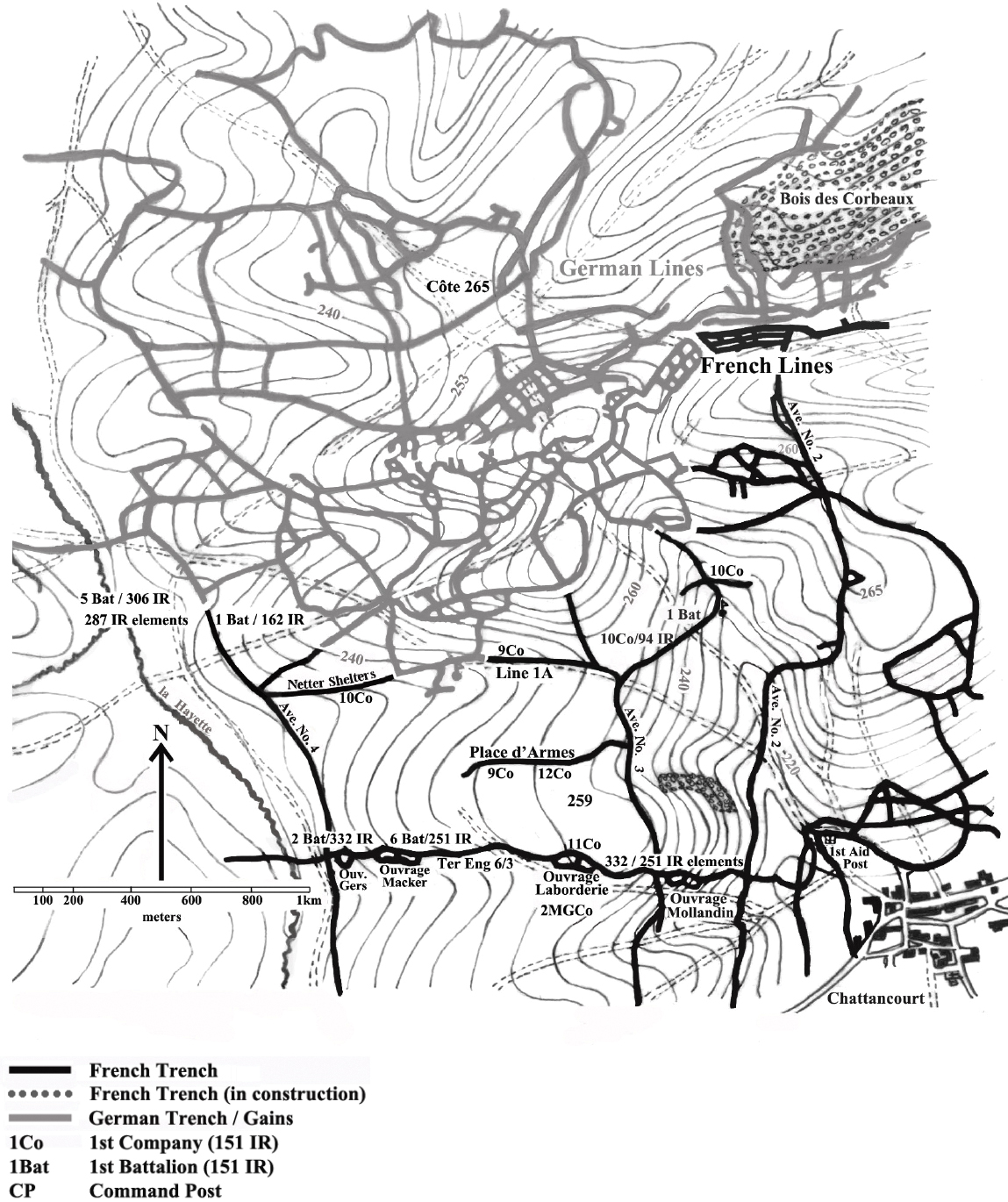
Map 8 : Mort Homme sector, showing the situation on the evening of 20 May 1916, showing German gains made by the end of day. With the annihilation of 1 Battalion, the 3 Battalion is deployed in line and in support. The 2 Battalion will go into line on the night of 201 May to relieve 3 Battalion. Elements from multiple regiments have also been pushed up to reinforce the flagging French line. (1:10,000 scale)
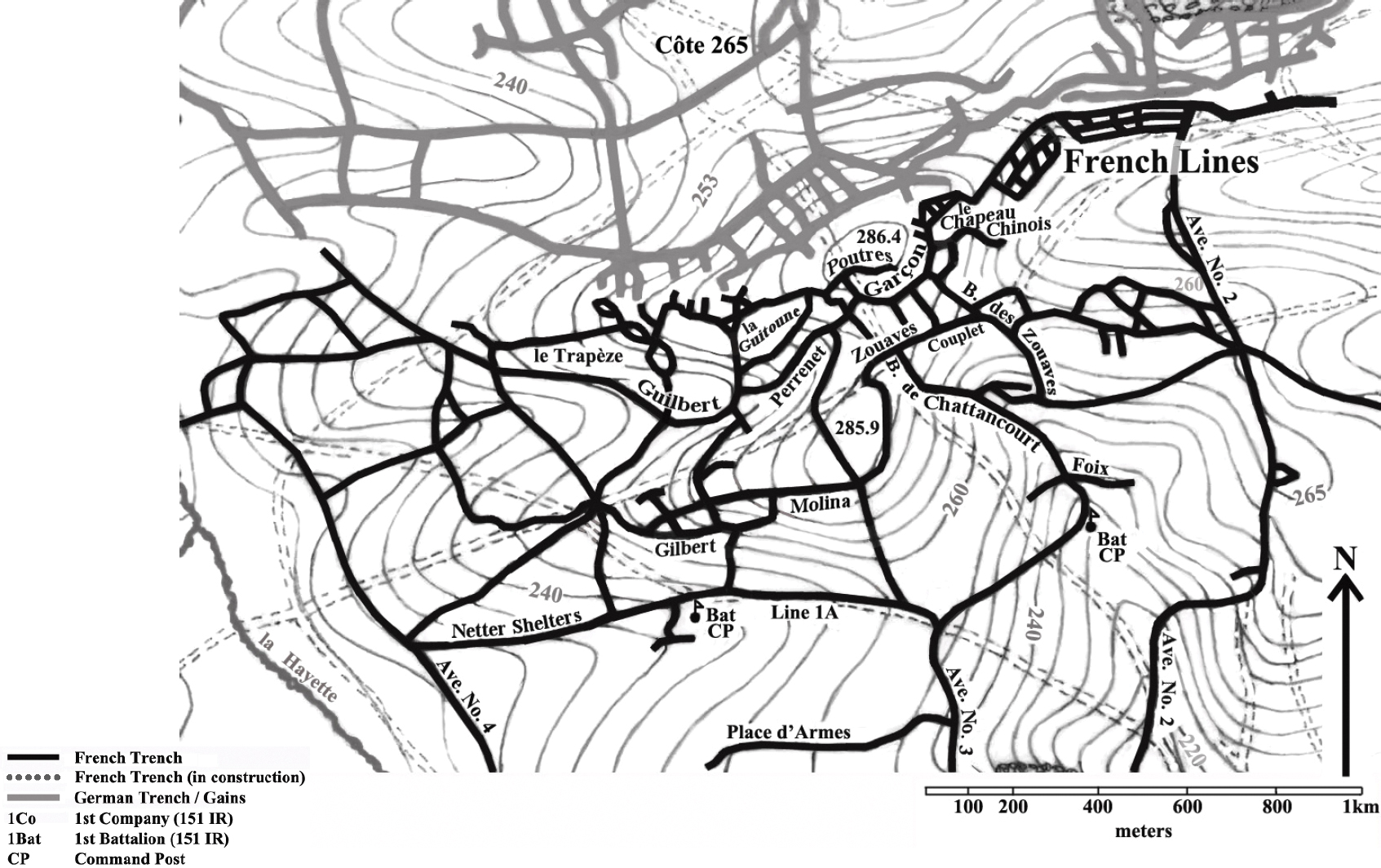
Map 9 : Summit of Mort Homme, showing the entrenchments on 20 May 1916. (1:10,000 scale)
Preface
Despite holding the lions share of the line, contributing the largest number of troops, and suffering higher losses than any other Allied nation on the Western Front, the story of the French army and the French soldier of the Great War continues to be little known to English-speaking audiences. Over 8.4 million Frenchmen were mobilized between 1914 and 1918, a figure that represents nearly half of the total male population. Over half would become casualties one way or another. By 1916, in seventeen months of fighting France lost roughly as many men killed as the United States has lost in all of its wars combined to date.
How is it that such sacrifice is not better remembered among anglophones? A good deal of this can be chalked up to the language barrier, as most of the body of literature on the subject remains in its native tongue. Anyone who wishes to delve deeper into the history of the French and their experience in the Great War must first surmount this obstacle. Perhaps the greater challenge though is the sheer scale. Like the other major powers, France mobilized millions of men between 1914 and 1918, and the size of these armies led to fighting that was unprecedented in its proportions. The immense scope of these events can be daunting to any person attempting to understand the human experience. What was it like to live through it, to be there on the ground, one of millions of regular people swept up in a phenomenon of breathtaking proportions?
In an effort to convey the French experience of the war, the approach here will be to focus on one of the defining battles, the Battle of Verdun in 1916, which came to symbolize the heroism, horror, and tragedy of the Great War. Verdun itself was vast in scale, involving hundreds of thousands of men fighting over dozens of square miles for nearly a year. It was truly a war within a war. To better assess and personalize this epic event, I will present a view of the battle from the perspective of a handful of soldiers who served together in the same army unit the 151e Rgiment dInfanterie (or, the 151st Infantry Regiment). Fully three-quarters of the French army in 1916 was rotated into what the soldiers called the Furnace. The 151 was one of hundreds of units sent to Verdun and, in many ways, its experience was no different to that of the many other units that fought and endured in this meat-grinder of a battle.



